Driving tips in winter
The northern part and snow mountains in Japan is one of the best parts to explore, to go snowboarding, snow shoeing, take a hot spring afterwards, and watch monkeys taking a bath. However, driving in the snow can be extremely dangerous if you are not careful. Here we provide some tips on safe driving in winter and advices on driving in snowy conditions.
We recommend using studless snow tires during winter in preparation for snowfall. We provide these tires during certain periods.
Pre-Departure Preparations
Clear the snow off the vehicle
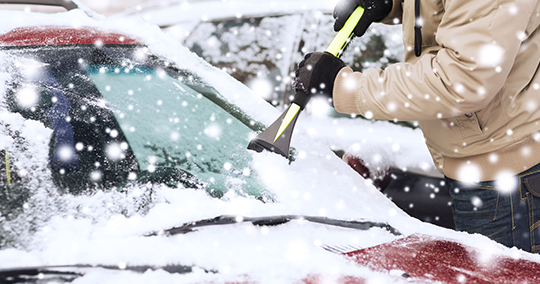
Remove the snow from the roof, windshield, windows, and hood of the vehicle. Make sure to also remove the snow from the turn signal lights, tail lights, and headlights. Snow that had accumulated on the roof of the vehicle will slide onto the windshield when you hit the brakes; it will interfere with your view and put you in great danger.
Remove the snow from the soles of your shoes
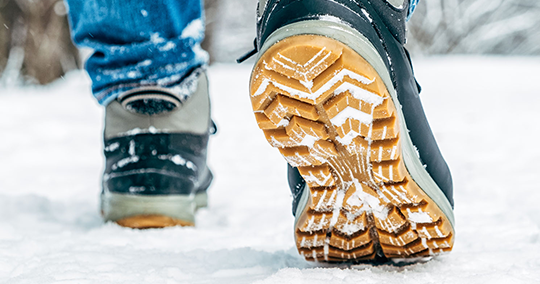


Normally, you can just get on a car and drive without worrying about anything. However, you need to be cautious if you’re in a snow country. If snow is stuck on the soles of your shoes, not only will the feel of pressing the accelerator, brake, and clutch pedals be different; you may also be in danger if your foot slips off the pedal. Make sure to remove all the snow from the soles of your shoes before getting on the vehicle.
Parking and Stopping
Avoid the edge of the road
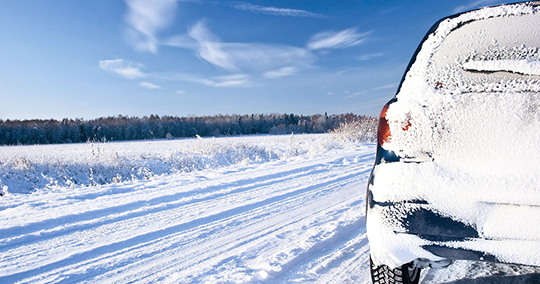


Ditches and gutters on the edge of roads may not be visible due to snow, and there is a risk of the tires slipping into them. If you have no choice but to stop on the edge of the road, then make sure your hazard lights are turned on while the vehicle is stationary.
Do not use the handbrake (side brake)
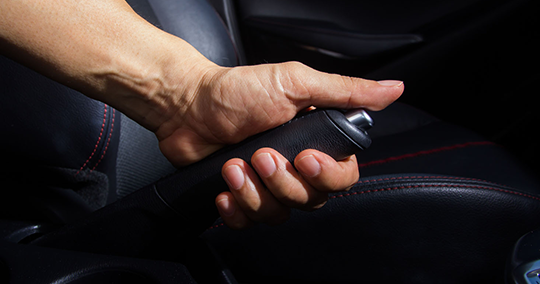


When the vehicle is parked for a long period of time in cold areas, you may not be able to release the handbrake if it freezes in place. Instead of using the handbrake, place the shift lever in the [P] position for automatic vehicles or in first gear (or reverse gear) for manual vehicles.
Raise the windshield wipers
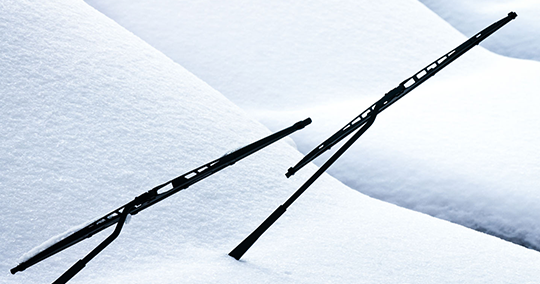


In preparation for snowfall, raise the windshield wipers up if the vehicle will be parked outdoors. This makes it easier to remove the snow from the windshield when next using the vehicle. If you leave the wipers as they are, the rubber blades may freeze onto the windshield and be difficult to detach.
Driving
Never make sudden movements
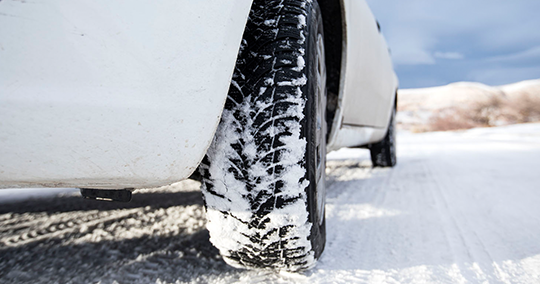


Always make the necessary preparations in advance when driving on snowbound roads, and never suddenly move off, swerve, stop, or make any other abrupt movements. Failure to observe this may cause the vehicle to be uncontrollable when it goes into a spin or slides, which may eventually result in a collision. Perform all operations slowly and carefully.
Leave a wider gap between you and the vehicle in front
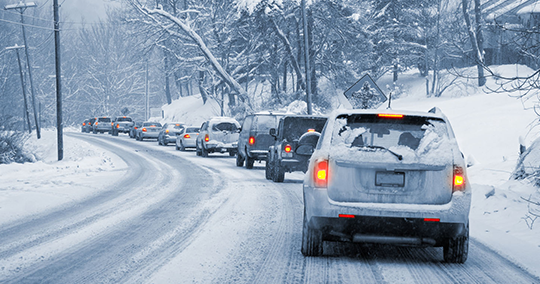


The risk of skidding on a frozen road in winter is tenfold higher than on a dry road in summer; hence, maintaining the same distance exposes you to a much greater danger. You may encounter oncoming vehicles that move over into your lane or vehicles in front of you that go into a spin. For your safety, you need to maintain at least three (3) times more distance than usual between you and the car in front so that you can respond to these situations calmly.
Use your headlights even during the day
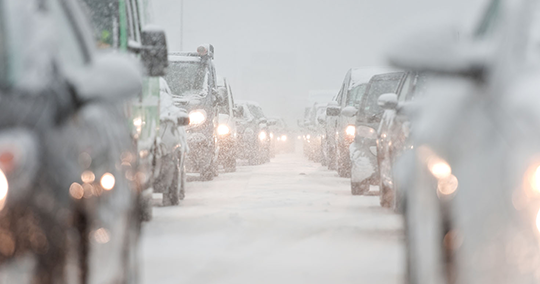


Headlights are normally used at night or when visibility is bad, but we also recommend turning them on even in the daytime when the weather is clear. In addition to providing you with clear visibility, your headlights can warn oncoming vehicles and pedestrians of your presence.
Put gasoline incrementally at a time
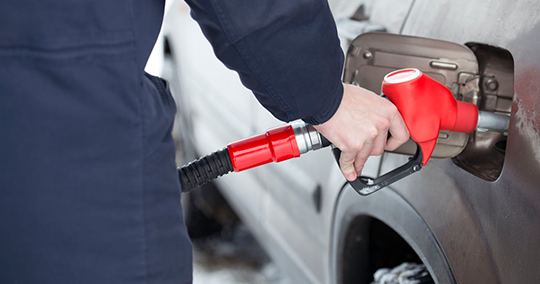


Snowy driving conditions can reduce your fuel economy drastically, and cause greater fuel consumption. When you are planning to drive a long distance, keep in mind to refuel your vehicle as frequently as possible.
Beware of diesel fuel gelling
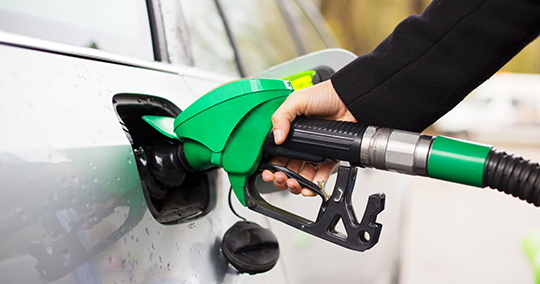


Diesel fuel components are prone to freezing in cold regions. Gas stations in such areas sell diesel fuel with antifreeze additives, so we recommend refueling the tank locally if you intend to park the vehicle for a long period of time.
Take care in areas that are prone to freezing
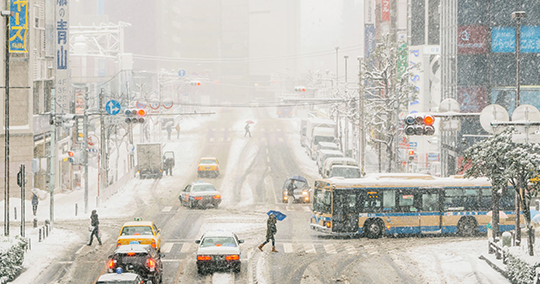


The following areas easily freeze over. Special care is required when driving on them.
- In and around intersections
- Bridges and the surrounding roads
- Shadowy mountain roads
- In and around tunnel entrances/exits
Watch out for black ice!
At first glance, black ice seems like a wet road.
Black ice refers to a thin coat of transparent ice covering the road that is indistinguishable from the normal asphalt road. If you see a wet, glistening surface on the road ahead, assume that it is covered in black ice and slow down. Such surfaces are extremely dangerous; even studless snow tires are barely effective against them. Be cautious especially at night and in the early morning.
You may want to check the article below on general tips for driving in Japan.
トラックバック / ピンバック